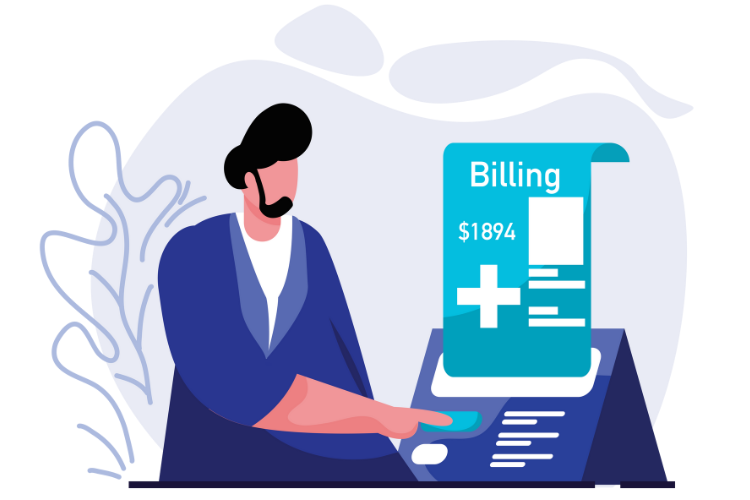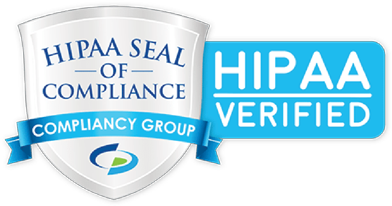Blogs
Topics
Accounts Receivable Management
Benefits of Outsourcing Medical Billing
Contract Negotiation
Cosentus News
Effective AR Management
Fee Negotiation
Fee Schedule
Healthcare Revenue Cycle Management Services
Insurance Network
Leading Medical Billing Company
Medical Billing and Coding
Medical Billing Company in Orange County
Medical Billing Services
Medical Billing Services Provider
Medical Coding
Medical Coding- Optimization
Medical Practice
Outsourced Medical Billing
Revenue Cycle Management
Urgent Care Centers
Urgent Care Industry
Topics
Accounts Receivable Management
Benefits of Outsourcing Medical Billing
Contract Negotiation
Cosentus News
Effective AR Management
Fee Negotiation
Fee Schedule
Healthcare Revenue Cycle Management Services
Insurance Network
Leading Medical Billing Company
Medical Billing and Coding
Medical Billing Company in Orange County
Medical Billing Services
Medical Billing Services Provider
Medical Coding
Medical Coding- Optimization
Medical Practice
Outsourced Medical Billing
Revenue Cycle Management
Urgent Care Centers
Urgent Care Industry






































